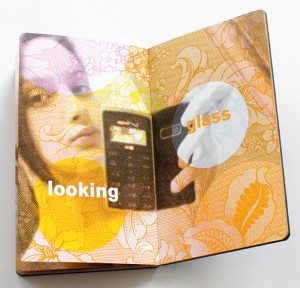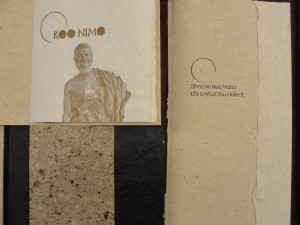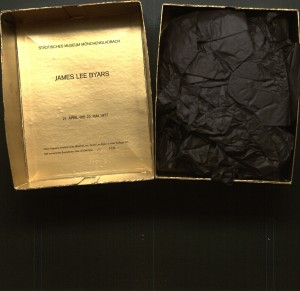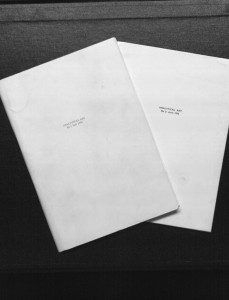Take a break from studying and liven up your imagination by taking a peek at some artists’ books. Here are a couple of highlights to get you started!
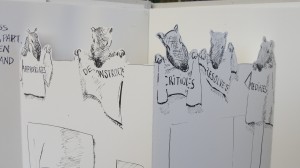

The Book of Warnings by Daniella Deeg
2001 Women’s Studio Workshop
This screen-printed artist book is stunning at first glance, tucked in a box with orange hazard ribbon, with more red warnings blazoned behind. The pages have lively visuals of odd caution symbols and text, layered in reds and oranges, highlighted with crisp black and silver inks. The novelty of the imagery and colors is soon coupled with more layered ideas of the reasoning behind taking precautions or taking risks. The introduction explains the significance of “the human ability to anticipate the future” and how it enables “individuals can plan ahead and prepare themselves for things to come.”

The day-to-day warnings that go with a wet floor or with changing a light bulb are layered side by side with simple imagery of men fist-fighting, or with ideas about relationships. “People might even try to use this foresight to turn the course of events to their liking” the introduction continues, adding a more active and perhaps devious twist to this idea of warning and anticipation. Deeg’s work, initially perceived as a simple, vibrant accordion-folded book, suggests that we might need similar orange hazard warnings against something like falling in love or the more abstract risks of living.


How to Talk About Art by Miriam Shenitzer
1994 Women’s Studio Workshop
Looking to expand your vocabulary when talking about art? Shenitzer’s tongue-in-cheek tutorial shows you how! Black and white drawings of her adorable rat characters, coupled with pop-up book elements, take you through innovative ways to sound like you know what you are talking about.
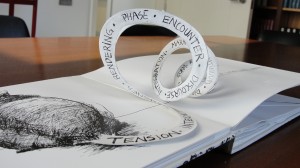
This book mocks the language of art terminology as presented in some high-minded art criticism. Short and sweet, this item is bound to make you smile, both reminding you of childhood pop-up books and make you laugh at the absurdities possible in talking about art.

This is just a taste of the enlightening and entertaining artists’ book collection at the Harvard Fine Arts Library. Stop in and we would be glad to show you more!
Thanks to Alexandra Winzeler for compiling this entry and for all of her useful contributions this semester!
